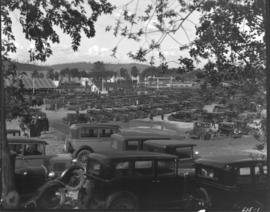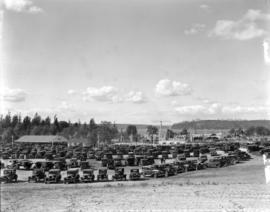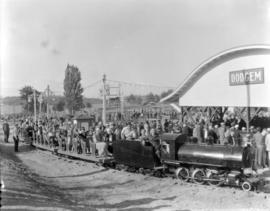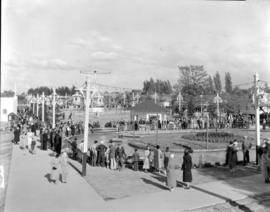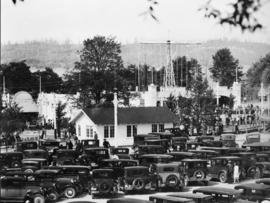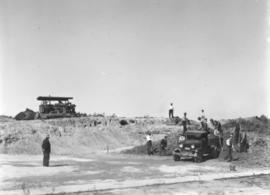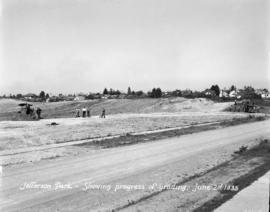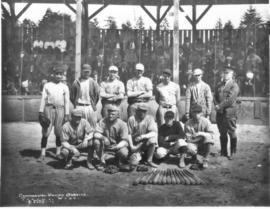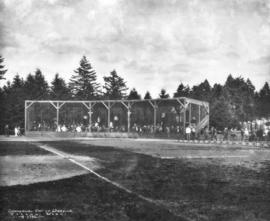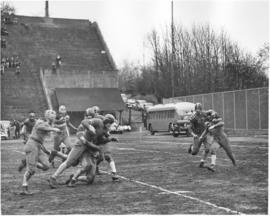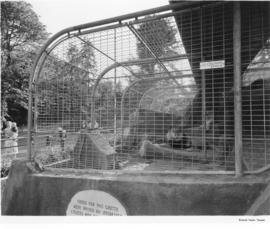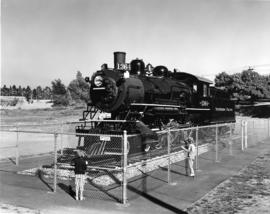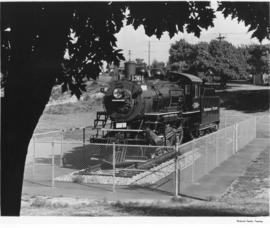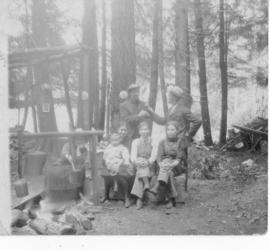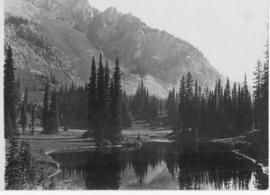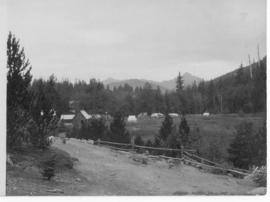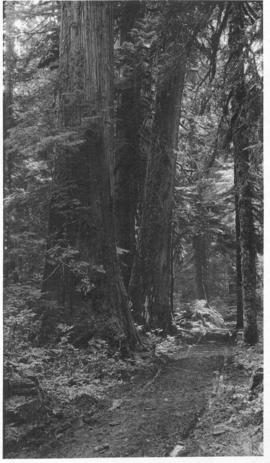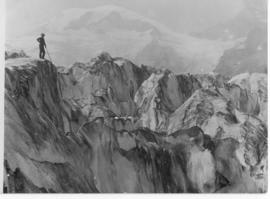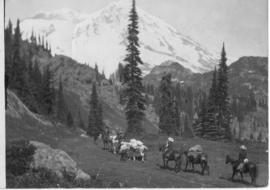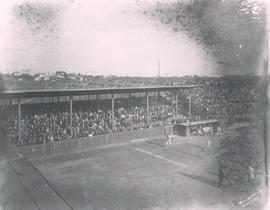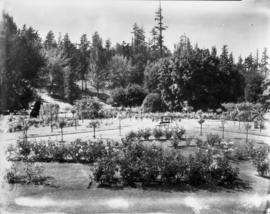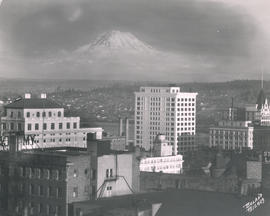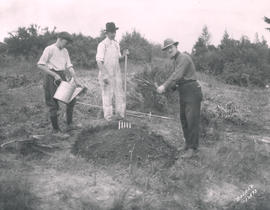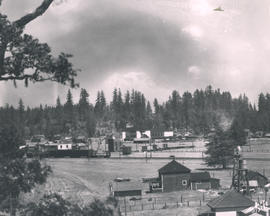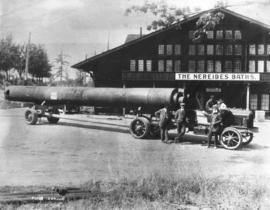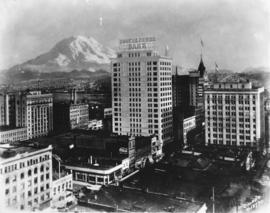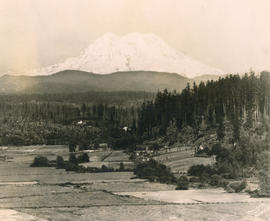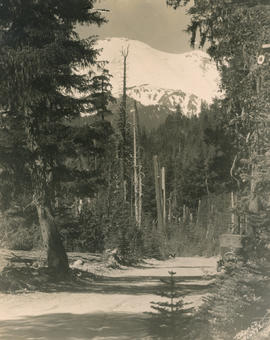On June 9, 1940, there would be a double dedication ceremony at Point Defiance, for the new boathouse (pictured) and the new museum at Fort Nisqually. Construction on the boathouse was started in December of 1939 and completed June 1, 1940. It was the largest west of Chicago, 345 x 125 feet, and cost $21,497. It was constructed of wood and built adjacent to the existing cement pavilion, which would now be converted to an expanded aquarium. The lower deck contained 500 boat lockers, 50 motor boat lockers and space for 200 concession rental boats. Live bait, fishing gear and electric hoists were available. The lower deck had 50,00 square feet and the upper promenade and balcony contained 20,000. Upstairs were the concessions including the restaurant and lunch room counter seating. A dining and banquet room were scheduled to be completed in the future. The restaurant would serve fresh salmon dinners at all times, or you could bring your own salmon catch and have it prepared and served to you. New were marine gas accommodations and berths for commercial craft, such as the excursion boat the Virginia V. (T. Times 5/7/1940, pg. 1 & 11)
Point Defiance Park (Tacoma); Point Defiance Pavilion (Tacoma);
